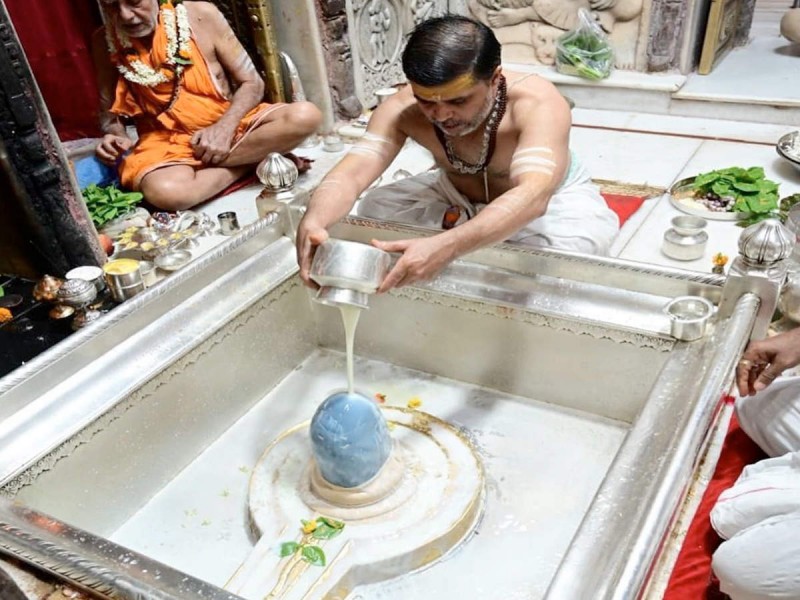
Jalabhishek, a sacred ritual involving the pouring of water or other sacred liquids over the Shivlinga (the symbol of Lord Shiva), holds immense importance in Hinduism. This ancient practice has been performed for generations, symbolizing devotion, purity, and the cosmic connection between the worshipper and the divine. In this article, we delve into the significance of Jalabhishek, exploring its spiritual, symbolic, and philosophical aspects. Jalabhishek is a sacred and deeply meaningful ritual in the worship of Lord Shiva. Its significance lies not only in the physical act of pouring water but also in the spiritual and symbolic dimensions it represents. Through Jalabhishek, devotees seek purification, embrace the cycles of creation and destruction, awaken spiritual insight, express devotion, and promote environmental conservation. This ancient practice serves as a powerful reminder of the eternal connection between the divine and human souls, fostering a deeper understanding of oneself and the universe.
ALSO READ - Grineshwar Jyotirlinga: The Divine Sanctum of Lord Shiva
Water, being the essence of life, is considered a purifier in Hindu rituals. Jalabhishek is believed to cleanse the soul, purify the mind, and wash away impurities. By offering water to Lord Shiva, devotees seek to purify themselves from negative energies, sins, and past mistakes, allowing for a fresh start on their spiritual journey.Lord Shiva is associated with the cosmic cycle of creation, preservation, and destruction. Water symbolizes the primal element from which all life emerges. Through Jalabhishek, devotees acknowledge the power of Lord Shiva as the destroyer of ignorance and the catalyst for transformation. The pouring of water represents the dissolution of the old and the initiation of new beginnings.
ALSO READ - Ganagasagar: A Sacred Confluence of Faith and Devotion
The sacred water used during Jalabhishek is often mixed with substances like milk, honey, curd, ghee, and herbs. These ingredients possess cooling and rejuvenating properties that are believed to awaken Lord Shiva's third eye, representing divine wisdom, knowledge, and intuition. Devotees hope to receive blessings for enhanced spiritual insight and clarity of thought.Jalabhishek is an act of deep devotion and surrender to Lord Shiva. It is an opportunity for devotees to express their love, reverence, and gratitude towards the divine. The act of pouring water signifies an offering of everything one holds dear, demonstrating complete surrender and trust in the supreme power. Jalabhishek promotes environmental consciousness and respect for nature. The use of water during the ritual encourages individuals to conserve this precious resource and be mindful of their consumption. Many temples and devotees have adopted eco-friendly practices by using limited water quantities or substituting it with symbolic materials like sand or flowers.
ALSO READ - Kailash Mansarovar: A Sacred Pilgrimage of Spiritual Awakening